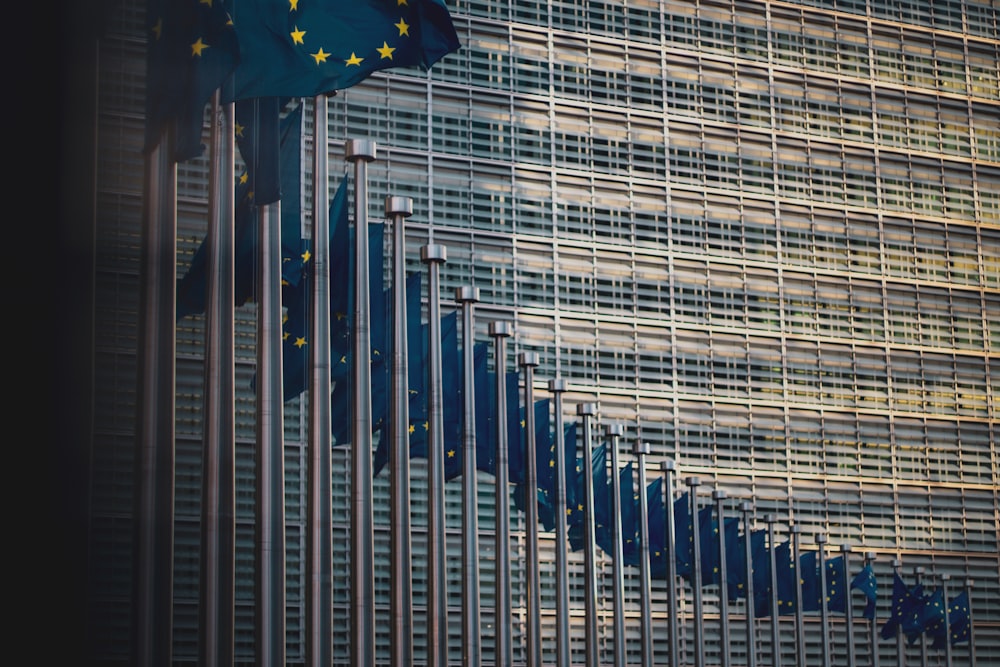
Asset management tends to operate on a “bucket” principle which describes a grouping of related assets. A low risk, low return bucket might include short-term Treasury bills, other bonds with a short-term maturity and cash. Meanwhile, a high risk bucket with volatile returns could be filled with frontier market equities, junior gold miners and crypto.
It’s fair to say that compliance carbon markets and the EU ETS in particular has come of age over the past twelve months. The surge in the price of EU emission allowances during 2021 and the prospect of further gains certainly got investor attention. Equally important are its diversification benefits given its historical low correlation to other major asset classes, and its role as a hedge against the carbon risks an investor may have elsewhere in their portfolio.
Compliance carbon markets do not sit neatly in one particular bucket. They have commodity and currency related properties of course, but what really marks them out is their role as an instrument of decarbonisation and for that they fall into the ESG related bucket. Carbon allowances have largely escaped the investor scrutiny that has soured many of the other assets allocated to the ESG investment bucket.
Over the past twelve months carbon compliance markets have become a more investable proposition for both institutions and individual investors. This article outlines 11 ways that investors can gain exposure to the EU carbon market, whatever your motivations for doing so, and wherever in the world you are based.
All the investment products I list below have at least some exposure to the EU carbon market. The list is broken down into two: those with 100% exposure to the EU ETS (although via very different structures), and secondly, those products that have EU ETS as a majority of AUM.
Note that every product I list below is for information purposes only. You must do your own research before you invest. As you’ll see, some of the products can only be accessed in specific parts of the world, others may have only recently launched and may suffer from being relatively illiquid, there may also be tax advantages in using one or another product, depending on where you live, while some products use very different financial instruments to track the price of EU carbon allowances - futures, physical, swaps and so on - which in some cases introduce other risks, e.g. counterparty risk.


